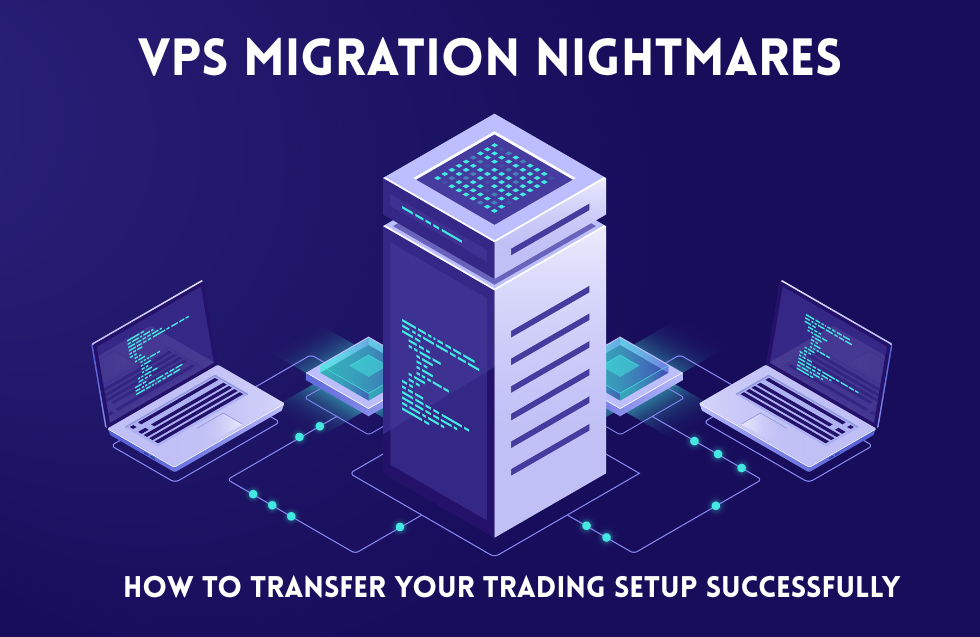The Metaverse is no longer just a sci-fi concept; it has emerged as a rapidly growing digital economy, attracting investors, businesses, and innovators. With major tech companies like Meta, Microsoft, and Decentraland pushing the boundaries of virtual reality, virtual real estate has become a hot investment opportunity. But is it really the next big thing, or just a speculative bubble? Let’s explore the potential, risks, and strategies for investing in virtual real estate.
What is Virtual Real Estate?
Virtual real estate refers to digital land and properties within Metaverse platforms like Decentraland, The Sandbox, and Otherside. Just like physical real estate, these properties can be bought, sold, leased, or developed for commercial or personal use. Investors and businesses are already leveraging virtual spaces for advertising, hosting events, selling NFTs, and even creating digital experiences like virtual malls and casinos.
Unlike physical properties, virtual real estate is built on blockchain technology, making transactions transparent, secure, and verifiable. Each property is represented as a non-fungible token (NFT), ensuring unique ownership. Since transactions occur through cryptocurrency, investments in this space also require an understanding of blockchain mechanics, gas fees, and digital wallets.
The Evolution of Virtual Real Estate
The concept of virtual real estate isn’t entirely new. In the early 2000s, platforms like Second Life allowed users to purchase virtual land. However, the difference now is blockchain-based ownership, decentralization, and integration with virtual and augmented reality, which significantly enhances usability and investment potential.
Big-name brands and celebrities have entered the Metaverse, acquiring digital properties for branding and engagement. Companies like Adidas, Gucci, and even Snoop Dogg have purchased land in virtual worlds, leveraging their spaces to create immersive experiences and sell digital goods. This mainstream interest further fuels the credibility and demand for digital real estate.
Why is Virtual Real Estate Gaining Traction?
- Scarcity and Demand – Many Metaverse platforms have a limited supply of virtual land, creating scarcity. As user adoption increases, so does the demand for premium locations.
- Early Adoption Advantage – Those investing now are positioning themselves ahead of the curve, much like early internet domain investors who later profited significantly.
- Branding and Commercialization – Companies and influencers are using digital properties for branding, marketing campaigns, and hosting events, creating new revenue streams.
- Technological Advancements – As VR, blockchain, and AI technologies evolve, virtual spaces will become more immersive and valuable.
- Passive Income Opportunities – Investors can rent out virtual spaces, create pay-to-enter experiences, or sell digital assets, mirroring traditional real estate investment strategies.
Potential Use Cases of Virtual Real Estate
- Virtual Shopping Centers: Brands are building digital storefronts to sell virtual and real-world goods.
- Digital Art Galleries: NFT art sales and exhibitions are becoming popular in the Metaverse.
- Entertainment Hubs: Concerts, gaming experiences, and social spaces are thriving.
- Virtual Workspaces: With remote work on the rise, businesses are creating virtual offices and coworking spaces.
- Education & Training Centers: Schools and companies are using digital land for virtual learning environments.
Risks of Investing in Virtual Real Estate
- Market Volatility – The value of virtual assets fluctuates heavily due to speculation and hype cycles.
- Platform Dependence – Unlike physical property, digital land exists within specific platforms, making it vulnerable to the platform’s success or failure.
- Regulatory Uncertainty – Governments are still figuring out how to regulate virtual assets, which could impact ownership rights and taxation.
- Technological Risks – Security breaches, server shutdowns, or technological shifts could affect the long-term viability of virtual properties.
- Adoption Uncertainty – The Metaverse is still in its early stages, and its mainstream adoption remains unpredictable.
Strategies for Investing in Virtual Real Estate
- Research the Platform – Understand the Metaverse platform’s credibility, adoption rate, and development roadmap before investing.
- Buy Prime Locations – Just like in physical real estate, location matters. Areas with high user traffic, near landmarks, or event spaces tend to be more valuable.
- Diversify Investments – Spread investments across multiple platforms to mitigate risks.
- Consider Long-Term Potential – Focus on Metaverse projects with strong backers, partnerships, and technological innovation for sustainable growth.
- Monetize Assets – Instead of just holding, actively develop or lease virtual properties to generate passive income.
Future Trends and Predictions
- Integration with AI and VR: As artificial intelligence and virtual reality improve, Metaverse properties will become more interactive and immersive.
- Tokenization of Real-World Assets: Virtual real estate could be linked with real-world properties, creating hybrid ownership models.
- Metaverse as a Business Hub: More companies will shift operations into digital environments for cost-effective operations and global reach.
- Evolving Regulations: Governments worldwide will implement clearer policies regarding digital property ownership and taxation.
- Interconnected Metaverse Worlds: In the future, multiple Metaverse platforms might become interoperable, creating a vast, unified digital universe.
Conclusion: A Goldmine or a Gamble?
Virtual real estate is an exciting frontier with immense potential, but it is not without its risks. While early adopters have made substantial profits, long-term success depends on the sustained growth of the Metaverse. Investors should approach it with a balanced perspective—conducting thorough research, diversifying their investments, and being prepared for volatility.
Is virtual real estate the next big opportunity? The answer lies in how the Metaverse evolves and whether it can achieve mass adoption. For now, it remains a high-risk, high-reward investment avenue for those willing to bet on the digital future.












